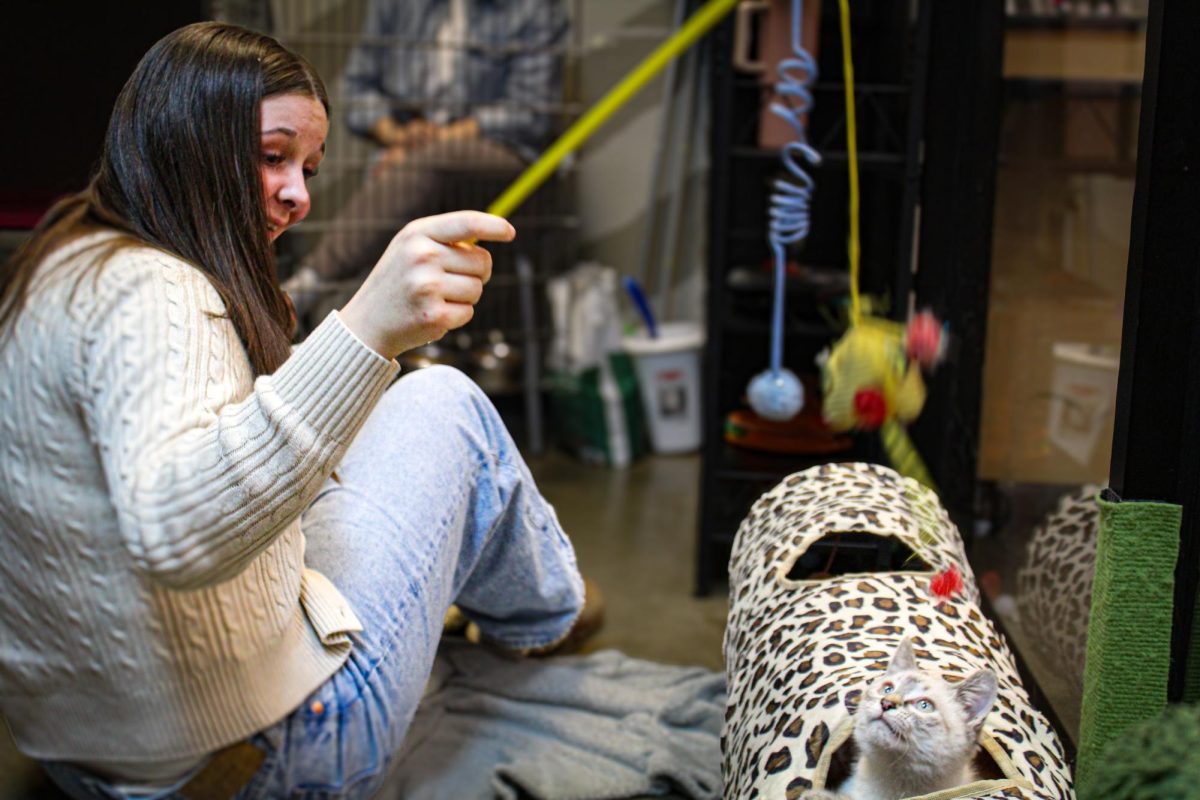Too much of an inconvenience
Jun 10, 2023
Though it may seem like a good idea right now — especially with many seniors experiencing full onset senioritis — taking a gap year is harmful and can have long-lasting consequences. Individuals who do take a gap year are in danger of losing valuable skills learned in high school and falling behind peers. Moreover, one year or more away from school can land a student in deep debt and create complications returning to school.
One of the biggest problems with gap years is cost. How one spends their gap years often comes with a high price tag, which leaves students of a lower socioeconomic background unable to participate. Though not all gap years involve joining a program, students who do enroll need to pay regardless of what the program’s purpose is. Unless their parents are very generous and have thousands of dollars to spare, the funds for these endeavors will have to come from a loan or the student’s own pocket.
According to the Affordable Colleges Organization, gap year programs spent abroad cost between $5,000 and $12,000, not including living expenses.
Additionally, some public universities — like UW and the UCs — don’t allow students to defer enrollment. The college resource site O’s List compiled a list of public universities that don’t allow deferred enrollment. In a nationwide survey of 94 schools, 50 didn’t allow deferred enrollment and 44 did. Furthermore, if a student’s deferral isn’t approved, and they do take a gap year anyway, they will have to concede their admission, resulting in them having to go through the headache of reapplying for school again before going back.
On top of this, students who applied for financial aid with FAFSA will have to reapply when their gap year is over. Financial aid isn’t transferable to the year after. Federal Student Aid states that the original amount of aid granted can change based on how much money was made during that gap year. If someone chooses to work full-time during their gap year and increase their income, their Expected Family Contribution will increase as well, which lowers their financial aid offer.
Overall, taking a gap year is a hassle. Students who take the year off risk spending more money than they can afford. After a year of living by your own schedule, students get out of the groove of working in a structured environment, causing them to fall behind their peers and lose motivation to continue school. The higher education system just isn’t built to accommodate each student’s gap year. Being untethered from school for a year is far more challenging than joining college, which already connects students to an array of diverse opportunities.









